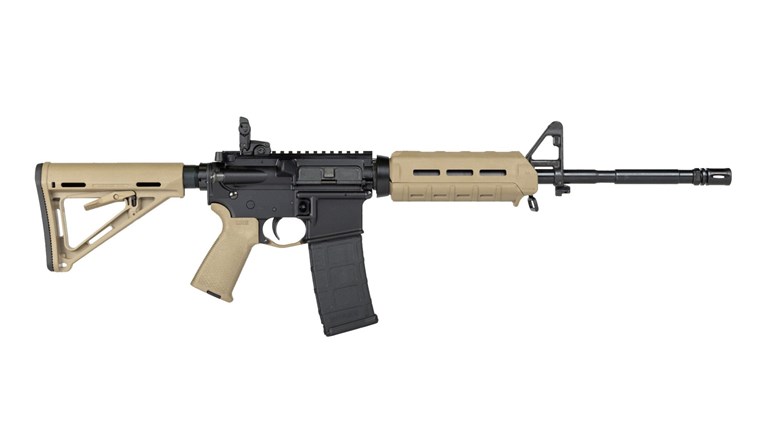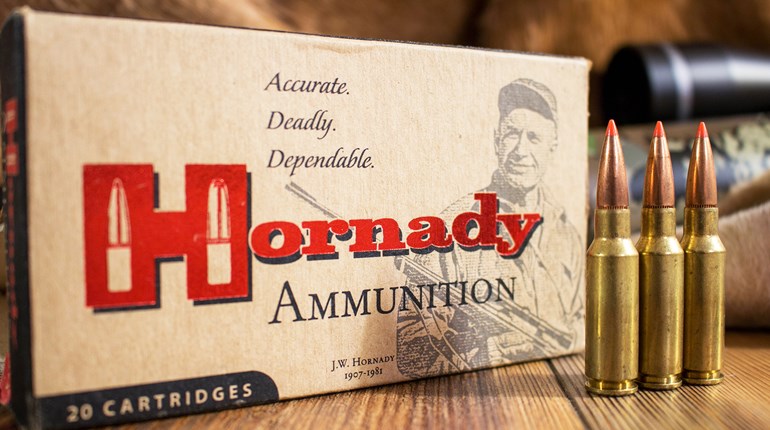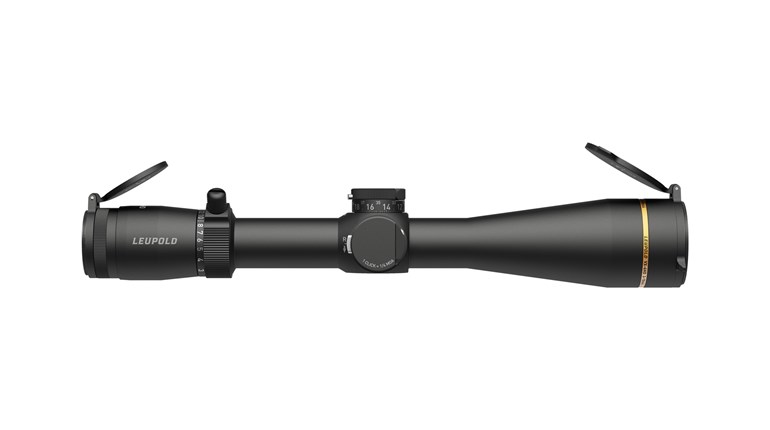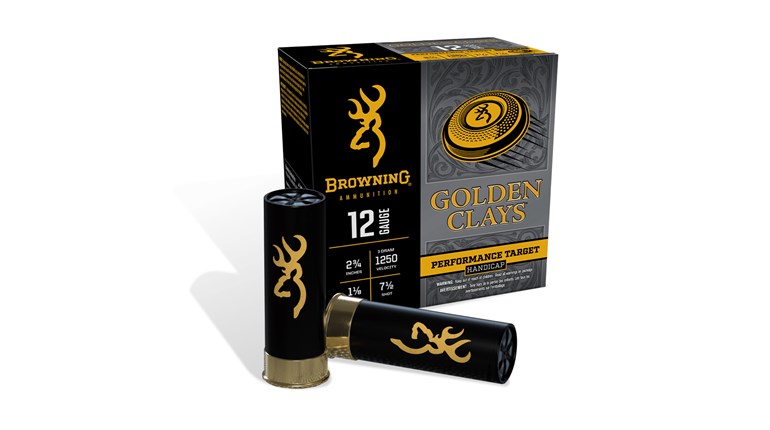
I've had a dance with Bob Reynolds' full-automatic .50 Beowulf PDW before, and have the bruises to show for it, so my excitement was mixed with a desire to buy aspirin when he invited me to test his newest creation, the Templar Custom Multi-Caliber Weapons System (MCWS).
The goal of the MCWS was simple; create an accurate AR-platform rifle that allows the user to quickly switch between three calibers for different requirements.
As is befitting an AR, it comes with a 16-inch 5.56 NATO barrel, but also features a same-length, quick-change 6.5 Grendel barrel and a .50 Beowulf barrel, each with their own dedicated barrel nut, gas-tube assembly and stainless steel WCI muzzle brakes. Alexander Arms turns the 1:20-inch twist, 416 stainless .50 Beowulf barrel, while the 1:8-inch twist, 416 stainless 6.5 Grendel and 4140 Chromoly Vanadium 5.56 NATO button-rifled barrels are turned in-house by Templar Custom.
The MCWS shines because of a rock-solid, fast-detaching 18-ounce handguard designed by Templar that releases with the quick twist of a wrench on two captive 5/32 Allen screws. To change between the .50 Beowulf and the 6.5 Grendel, one loosens the screws with the included Allen wrench, and then removes the handguard off the rifle toward the front. The case-hardened black-oxide barrel tool included with every Templar handguard is then used to loosen the barrel nut, which can then be spun off by hand. To complete the caliber switch, you simply pull the barrel free by hand, put the new barrel assembly in place, and reverse the steps. It takes only a little longer to do it than it does read about it.
If switching between one of these calibers and the 5.56 NATO, you'll also need to switch out the bolt—the 5.56 uses one bolt, while the Grendel and Beowulf share the other. That again is a simple operation, though the operator needs to exercise some common sense and remember if you're switching calibers on a rifle that has just been fired, the bolt and barrel can both be extremely hot.
So the rifle can switch calibers. That's neat and all, but how does it shoot? And does it throw mounted optics or BUIS out of alignment when the calibers are changed?
Those were the questions running through my mind driving out to the range, which were only momentarily sidetracked by the distinctive two-tone Desert Snake DuraCoat finish applied to the rifle, barrels and optional EOTech 556.A65/1 holographic sight.
The rifle was set up with the 6.5 Grendel, and we zeroed the EOTech at 50 yards from the bench using a Harris bipod for stability. Then, we took aim at a 6-inch swinging steel target on the 150-yard line.
I'd never though of using a red-dot or holographic sight at ranges much beyond 50 yards, since they are designed as close-range optics. That said, when you could make out the white-painted swinging steel from the light-tan sand berm behind it, the Templar rang the bell consistently as long as the shooter did his part. Recoil from the 6.5 Grendel was negligible thanks to the WCI brake.
Then came the real test: Would the MCWS hold zero when we switched out the 6.5 Grendel barrel and bolt for the 5.56 NATO versions?
It took just a couple of minutes to change the rifle's calibers and bolts, and I once again took aim at the 6-inch circle of steel 150 yards away.
The trigger broke cleanly, and the spray of sand on the berm behind the target told the story.
"Miss," called my spotter, aka Mr. Obvious. What he couldn't tell me was precisely where the bullet hit so I could make adjustments. After two more shots off the the left, I aimed at the right side of the 6-inch gong, and was rewarded with a hit. A following string of three shots confirmed that even after switching to another caliber, the shift in point of impact (POI) was only about 4 inches at 150 yards. A 4-inch variation in POI at 150 yards would seem to be acceptable for most practical applications, especially when you are factoring in variables such as different bullet weights and velocities.
The MCWS was originally conceived as a system for specialized military and law enforcement use, where an operator might need to clear a building with a short 5.56 NATO barrel and then transition to a 6.5 Grendel for an overwatch or designated marksman role, or to the .50 Beowulf for vehicle checkpoints, close-in work against body armor-wearing opposition or any other mission where a huge, slow hunk of lead is the preferred projectile.
The MCWS is available with user-specified options from Templar Custom in a selective-fire (semi- or full-automatic) variant for law enforcement and military customers, or as a semi-automatic-only for the rest of us. The latter would be a phenomenal hunting package, capable of taking everything from varmints to North America's largest and most dangerous game.
Pricing for the MCWS hasn't yet been set, and will vary depending upon user specified options. Contact Bob Reynolds at Templar Custom: (877) 878-2334, [email protected].





































